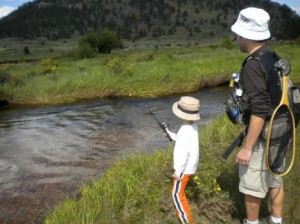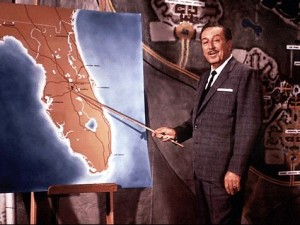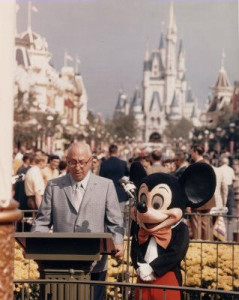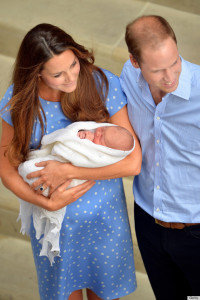 On Sunday I ran into my next-door neighbor, who is a doctor in the Neonatal Intensive Care Unit (NICU) at Nationwide Children’s Hospital. The hospital is consistently ranked as one of the world’s best and their NICU has over a 90% survival rate of all babies (under 27 weeks) that come into the unit. They are truly doing incredible things.
On Sunday I ran into my next-door neighbor, who is a doctor in the Neonatal Intensive Care Unit (NICU) at Nationwide Children’s Hospital. The hospital is consistently ranked as one of the world’s best and their NICU has over a 90% survival rate of all babies (under 27 weeks) that come into the unit. They are truly doing incredible things.
During our conversation my neighbor told me the mantra with which all the doctors & nurses at the hospital operate and by which they keep themselves accountable:
“The only failures are communication failures.”
By now most of you know how passionate I am about Channel Marketing. While I’m not suggesting our business is as high-stakes as the NICU, I still believe we can take a lesson from an organization that has 0% tolerance for communication breakdowns, and is doing great things as a result.
If our people, our channel partners, and our programs are sound and capable, could it be that the shortcomings our strategies suffer from are the result of poor communication? We often get so focused on the details of our program (rightfully so) that we lose sight of our need to communicate consistently. Let’s face it, we might cook up the best channel marketing and incentive program in the industry, but if it’s not properly announced, launched, and communicated, it’s all for naught.
Move the Channel,
Travis





